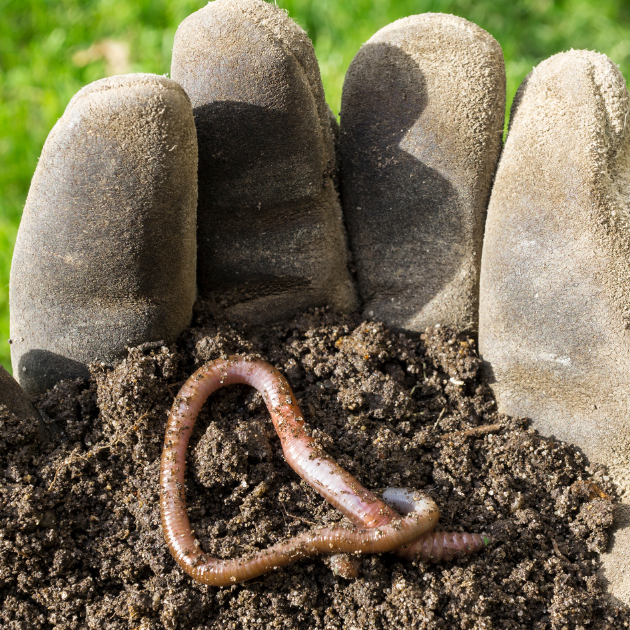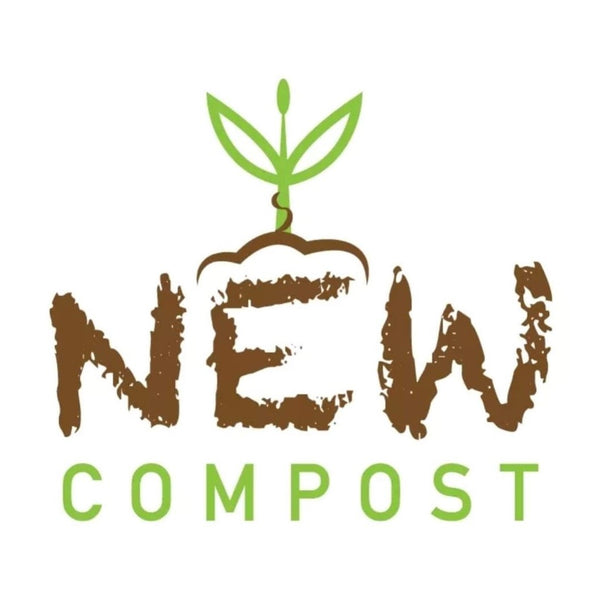
Compost 2.0: Unleash the Power of Vermicompost
Share
Compost 2.0: Revolutionizing Sustainability with Vermicompost
In the realm of eco-friendly practices, vermicomposting emerges as the game-changer, earning its title as Compost 2.0. While traditional municipal composting has been a staple in sustainable waste management, vermicompost takes it to a whole new level, offering a range of benefits that make it the superior choice for environmentally conscious gardeners.
The Worm's Touch: Accelerating Decomposition
At the heart of vermicomposting is the humble earthworm, particularly the red wiggler variety. These diligent workers possess a remarkable ability to break down organic matter efficiently. Unlike traditional composting, which relies on natural decay and microbial action alone, the introduction of worms in vermicomposting accelerates the decomposition process. This leads to faster production of nutrient-rich compost, ready to nourish your plants.
Nutrient Density: The Vermicompost Advantage
One of the key distinctions that set vermicompost apart is its unparalleled nutrient density. Traditional composting may produce nutrient-rich material, but vermicompost takes it a step further. The digestive processes of the worms enhance nutrient concentration, resulting in compost that is exceptionally rich in essential elements like nitrogen, phosphorus, and potassium. This nutrient-packed composition translates to healthier, more robust plants in your garden.
Microbial Symphony: A Symphony Beneath the Surface
Vermicompost is not merely a collection of nutrients; it's a microbial symphony beneath the surface. The digestive tracts of composting worms introduce a diverse array of beneficial microorganisms into the mix. These microorganisms contribute to soil health by improving its structure, water retention capabilities, and nutrient availability. Your garden becomes a thriving ecosystem, thanks to the harmonious collaboration between worms and microbes.
Environmental Harmony: Vermicompost's Green Credentials
While traditional composting is undeniably eco-friendly, vermicomposting takes environmental harmony to the next level. Large-scale municipal composting facilities may produce emissions during the decomposition process. In contrast, vermicomposting is an aerobic process that minimizes odors and emissions, making it a greener choice for those mindful of their ecological footprint.
The compact nature of vermicomposting systems further enhances their environmental credentials. Whether you live in a city apartment or a suburban home, vermicomposting bins fit seamlessly into small spaces, offering an accessible and efficient way to recycle organic waste.
Making the Transition: Your Guide to Vermicomposting
Ready to embrace Compost 2.0? Here's a step-by-step guide to help you transition to Composting 2.0 also known as vermicompost:
-
Choose Your Worms: Opt for red wigglers, known for their composting prowess. Purchase them from reputable sources to ensure their health. There are many other species of earthworms to choose from ex. European "Super Reds," African Nightcrawlers, Canadian Nightcrawlers, etc. The California Red Wiggler castings are preferred by gardeners because of their casting's biological makeup.
-
Set Up Your Bin: Create a well-ventilated bin with appropriate bedding materials like shredded newspaper, cardboard, or coconut coir. The use of these starter materials allows for optimal airflow, and good moisture-holding capacity, and acts as a great food source for your earthworm's new habitat. Sprinkle a base of compost or other topsoil to ensure a safe starter habitat for your worms.
-
Introduce Organic Scraps: Feed your worms a balanced diet of kitchen scraps, avoiding items like meat, dairy, and oily foods. Think more fruits and vegetables. More acidic materials should be used in moderation to not send your worms crawling out of the bin. These include foods such as lemon, onions, garlic, and oranges.
-
Maintain Optimal Conditions: Keep your vermicomposting bin in a cool, dark place. Monitor moisture levels and the pH of your bin. If the environment is low in moisture or pH your earthworms will try and make their daring escape.
-
Harvest the Gold: Once your bedding transforms into dark, crumbly vermicompost, it's time to harvest. Move the worms to fresh bedding and collect the nutrient-rich compost for your plants. Your finished vermicompost will have the consistency of coffee grounds and will be immediately ready to use for your plants.
Elevate Your Eco-Game with Vermicompost
Compost 2.0, powered by vermicomposting, brings a new dimension to sustainable gardening. With its accelerated decomposition, nutrient density, microbial synergy, and environmental harmony, vermicompost stands as a beacon of eco-friendly innovation. Make the shift today and witness the transformative impact of Compost 2.0 on your garden's vitality. It's time to nurture your plants with the magic of vermicomposting – your ticket to a greener, healthier tomorrow. Happy composting!
